#filipino
Text
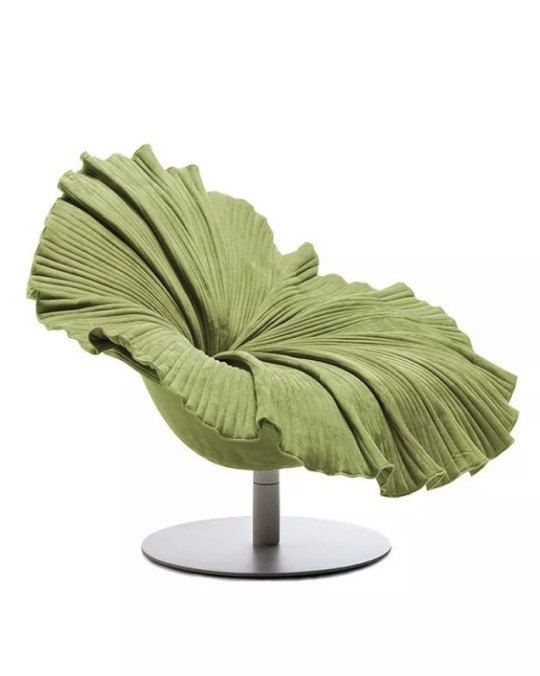

Kenneth Cobonpue: Bloom Chair (2009)
#Kenneth Cobonpue#chair#bloom#bloom chair#leaves#nature#design#interior design#furniture#green#filipino#2009#lily pads
19K notes
·
View notes
Text
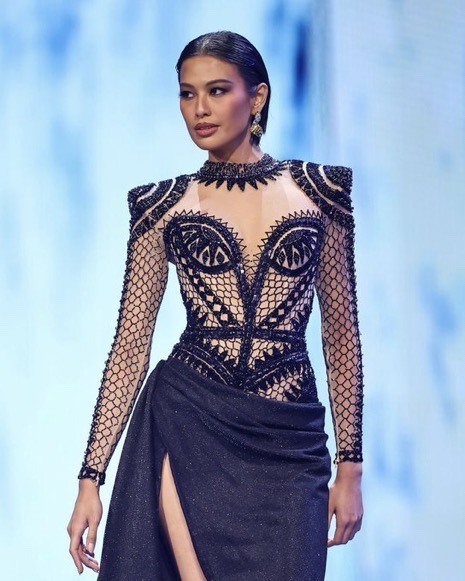
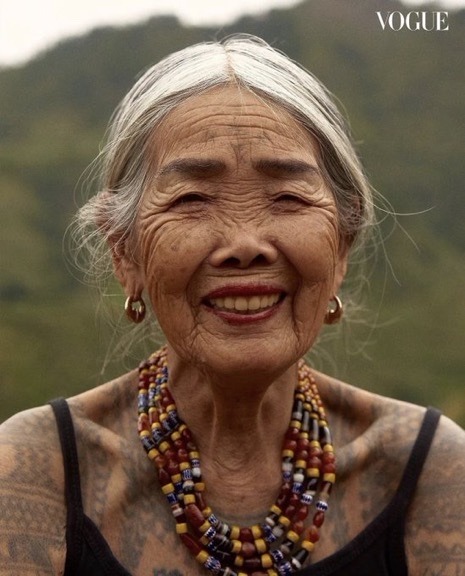

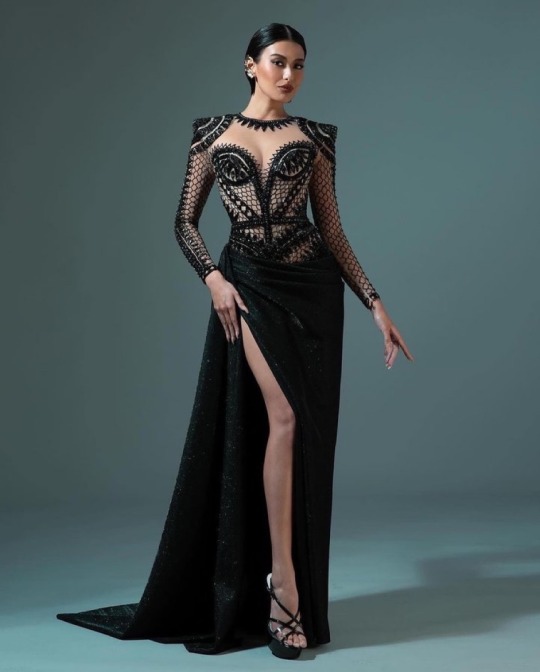

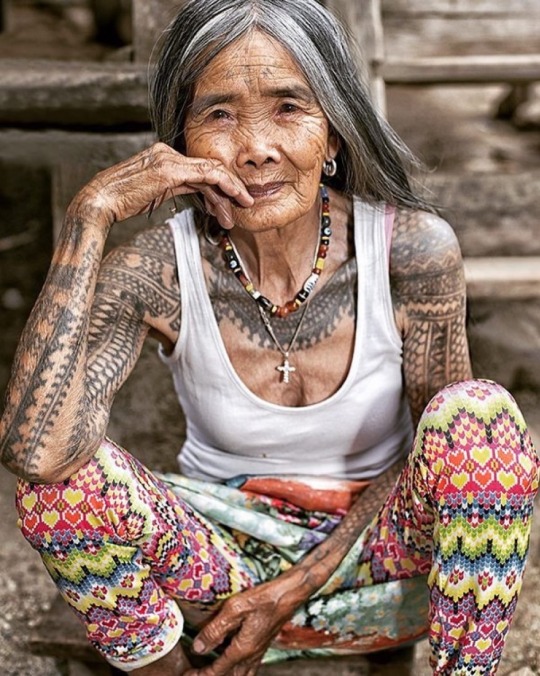
Michelle Dee, Miss Phillipines 2023, wore a dress as a tribute to the last and oldest living Kalinga (Indigenous Filipinos) tattoo artist, Apo Whang Od and her work
#michelle dee#Michelle Marquez dee#Maria Whang Od Oggay#apo whang od#philippines#miss universe#miss universe 2023#filipino#fashion#couture#fashion history#tattoo#indigenous#indigineous people#history#Art history#Vogue#miss Philippines#miss Philippines 2023#mine
8K notes
·
View notes
Text

hay naminhod kun he-a ya maid di kiingngohana (my love for you is beyond comparison)
happy international lesbian day <3
[mlm version]
#igorot#ifugao#ibaloi#philippines#filipino#artph#indigenous#gay#lgbt#lesbian#wlw#sapphic#digital art#original art#original characters#artists on tumblr#bare chest /#animal death /#eembulan#2023#with id#companion piece to my gay mlm igorots drawing! will post together later :)
1K notes
·
View notes
Text
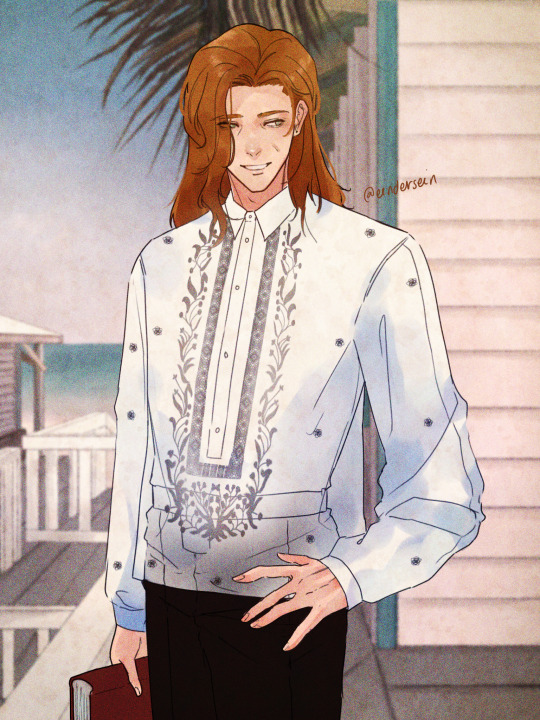
Elliott in Barong Tagalog (A traditional filipino outfit)
#stardew elliott#stardew fanart#ginger#ibispaintdrawing#stardew farmer#digital art#digital painting#stardew valley#painting#fanart#sdv#barong#sdv fanart#sdv elliott#stardew Valley elliott#Filipino culture#filipino#barong tagalog
512 notes
·
View notes
Text

Vampires & Vampire Hunters but make it about during the late 1800s in the Philippines
#artists on tumblr#art on tumblr#oc#original characters#digital art#digital painting#digital illustration#vampire#vampire aesthetic#philippines#filipino aesthetic#1800s#American occupation#southeast asia#filipino#monster art#vampire hunter#vampire and vampire hunter#supernatural#fantasy#vampire and human#historical#historical fantasy#monster#dark fantasy#character illustration#character design#nik's art#aesthetic art
3K notes
·
View notes
Text

special thanks to @taikk0 for their post, and the fact that this show has a Filipino dub, got me to thinking about Filipino Pomni at 12 am. (IT'S REAL) (TRUE)
This is the referenced video btw: https://www.youtube.com/watch?v=HPdU1uebEmg
#the amazing digital circus#tadc pomni#tadc jax#tadc fanart#tadc caine#meme#fanart#filipino#filipino pomni#pomni x jax#jax x pomni#funnybunny#tadc cast#crack#pomni is filipino it's real
688 notes
·
View notes
Photo

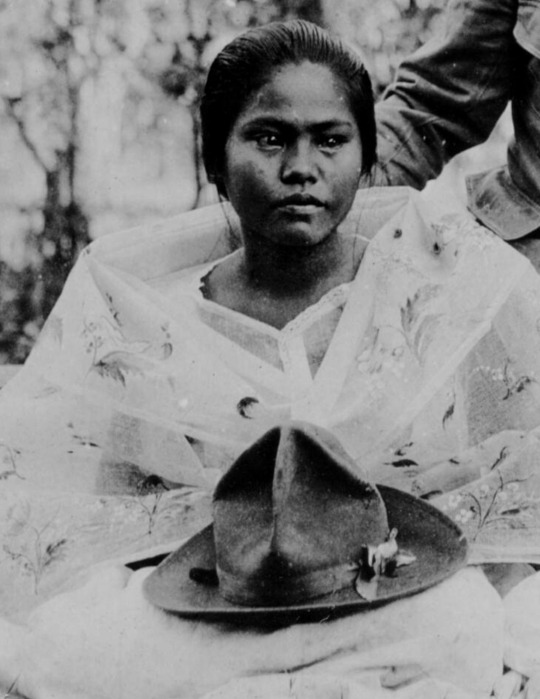

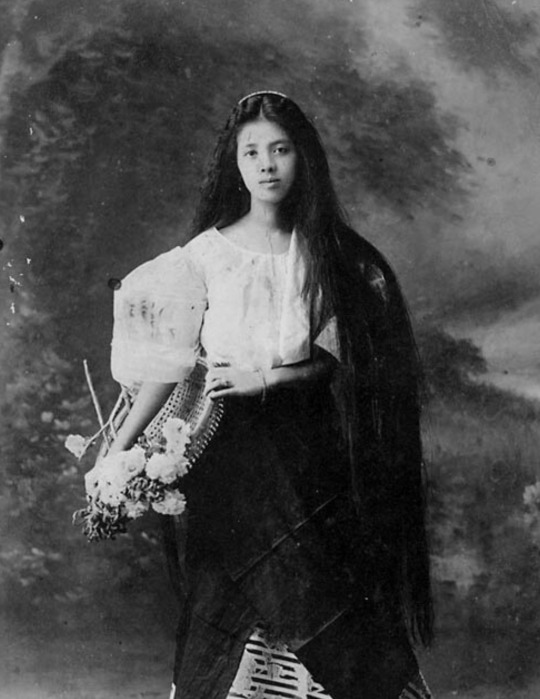
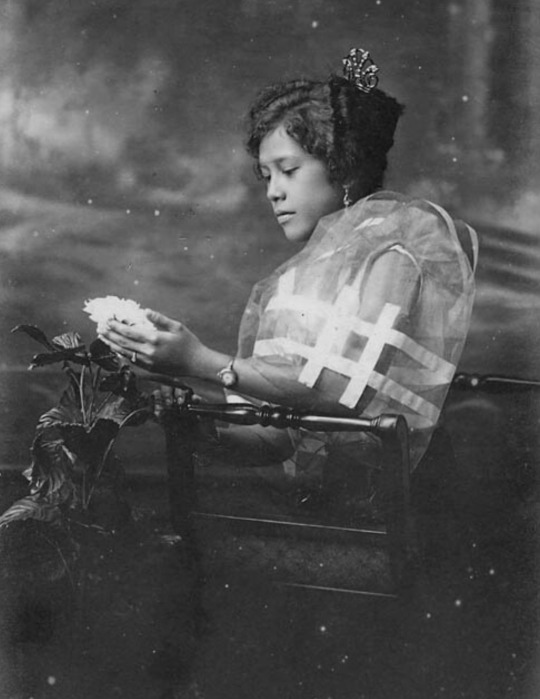





vintage photos of filipino women
#i think i saw it's filipino heritage month in october so here it is but if not enjoy it anyway#filipino#philippines#beauty#women in history#ph#photography#vintage#vintage photography#graphics#history
5K notes
·
View notes
Text
Me, a Filipino, watching Namor burn the Spanish colonizers to the ground:

#so much schadenfreude#namor the sub mariner#namor#the sub mariner#kukulkan#k’uk’ulkan#tenoch huerta#filipino things#filipino#tenoch huerta namor#MCU#marvel#black panther#wakanda forever#black panther wakanda forever
8K notes
·
View notes
Text
realities, maximalism,and the need for big book™️
some gubat banwa design thoughts vomit: since the beginning of its development i've kind of been enraptured with trying to really go for "fiction-first" storytelling because PbtA games really are peak roleplaying for me, but as i wrote and realized that a lot of "fiction first" doesn't work without a proper sort of fictional foundation that everyone agrees on. this is good: this is why there are grounding principles, genre pillars, and other such things in many PbtA games--to guide that.

broken worlds is one of my favs bc of sheer vibes
Gubat Banwa didn't have much in that sense: sure, I use wuxia and xianxia as kind of guideposts, but they're not foundational, they're not pillars of the kind of fiction Gubat Banwa wants to raise up. there wasn't a lot in the sense of genre emulation or in the sense of grounding principles because so much of Gubat Banwa is built on stuff most TTRPG players haven't heard about. hell, it's stuff squirreled away in still being researched academic and anthropological circles, and thanks to the violence of colonialism, even fellow filipinos and seasians don't know about them
this is what brought me back to my ancient hyperfixations, the worlds of Exalted, Glorantha, Artesia, Fading Suns... all of them have these huge tomes of books that existed to put down this vast sprawling fantasy world, right? on top of that are the D&D campaign settings, the Dark Suns and the Eberrons. they were preoccupied in putting down setting, giving ways for people to interact with the world, and making the world alive as much as possible.
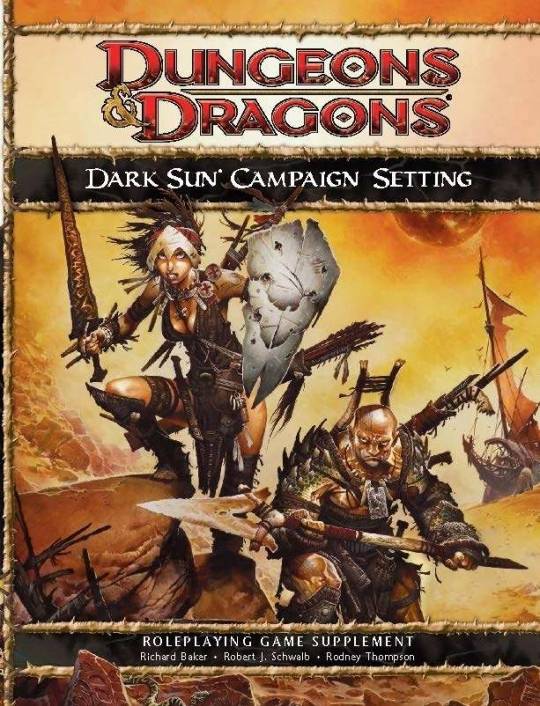



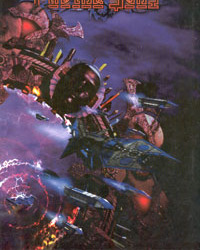
one of my main problems with gubat banwa was trying to convey this world that i've seen, glimpsed, dreamed of. this martial fantasy world of rajas and lakans, sailendras and tuns, satariyas and senapatis and panglimas and laksamanas and pandai... its a world that didn't really exist yet, and most references are steeped in either nationalism or lack of resources (slowly changing, now)

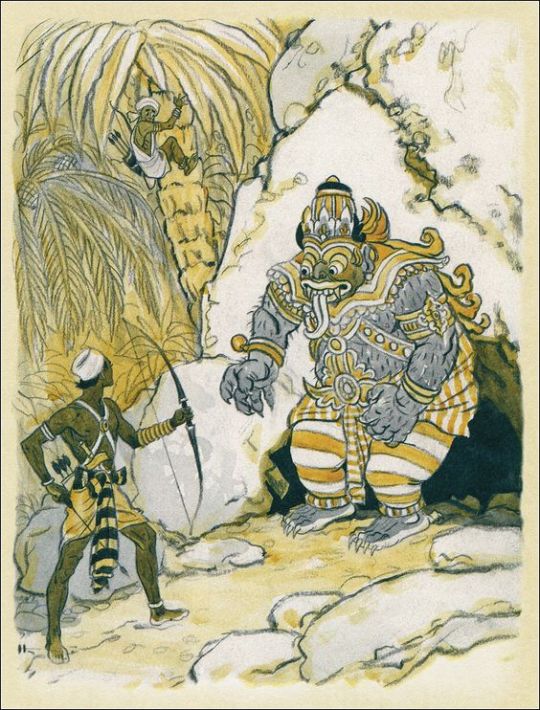
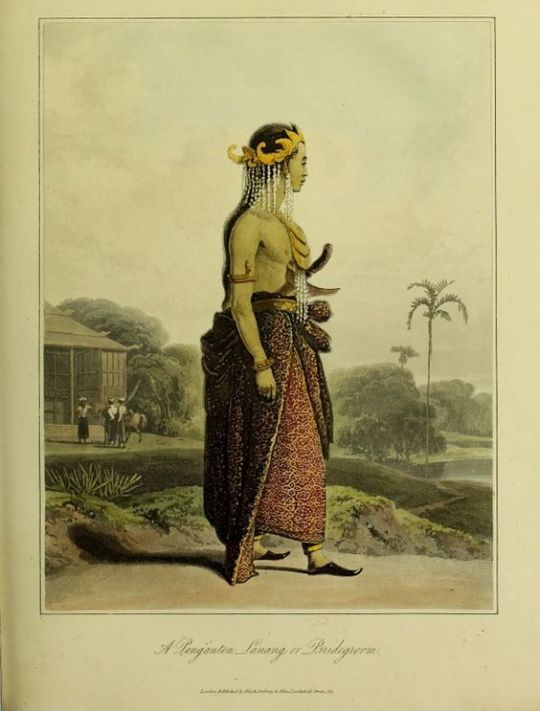
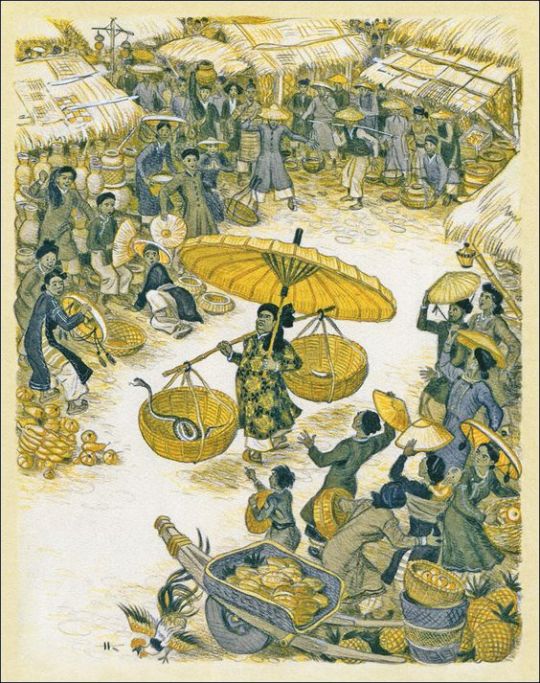
i didn't want to fall back into the whole gazeteer tourist kind of shit when it came to writing GB, but it necessitated that the primary guidelines of Gubat Banwa were set down. my approach to it was trying to instill every aspect of the text, from the systems to the fluff text to the way i wrote to the way things were phrased, with the essence of this world i'm trying to put forward. while i wrote GB mainly for me and fellow SEAsian people, economically my main market were those in the first world countries that could afford to buy the book. grokking the book was always going to be severely difficult for someone that didn't have similar cultures, or are uninterested in the complexities of human culture. thus why GB had to be a big book.
in contemporary indie ttrpg spaces (where I mostly float in, though i must admit i pay more attention to SEAsia spaces than the usual US spaces) the common opinion is that big books like Exalted 3e are old hat, or are somewhat inferior to games that can cram their text into short books. i used to be part of that camp--in capitalism, i never have enough time, after all. however, the books that do go big, that have no choice to go big, like Lancer RPG, Runequest, Mage, Exalted are usually the ones that have something really big it needs to tell you, and they might be able to perform the same amount of text-efficient bursting at the seams flavor writing but its still not enough.
thats what happened to GB, which I wanted to be, essentially, a PbtA+4e kind of experience, mechanically speaking. i very soon abandoned those titles when i delved deeper into research, incorporated actual 15th century divination tools in the mechanics, injected everything with Martial Arts flavor as we found our niche
all of this preamble to say that no matter how light i wanted to go with the game, i couldnt go too light or else people won't get it, or i might end up writing 1000 page long tome books explaining every detail of the setting so people get it right. this is why i went heavy on the vibes: its a ttrpg after all. its never gonna be finished.
i couldnt go too light because Gubat Banwa inherently exists on a different reality. think: to many 3 meals a day is the norm and the reality. you have to eat 3 meals a day to function properly. but this might just be a cultural norm of the majority culture, eventually co opted by capitalism to make it so that it can keep selling you things that are "breakfast food" or "dinner food" and whatnot. so its reality to some, while its not reality to others. of course, a lot of this reality-talk pertains mostly to social--there is often a singular shared physical reality we can usually experience*
Gubat Banwa has a different fabric of reality. it inherently has a different flow of things. water doesn't go down because of gravity, but because of the gods that make it move, for example. bad things happen to you because you weren't pious or you didn't do your rituals enough and now your whole community has to suffer. atoms aren't a thing in gb, thermodynamics isn't a real thing. the Laws of Gubat Banwa aren't these physical empirical things but these karmic consequent things
much of the fiction-first movement has a sort of "follow your common sense" mood to it. common sense (something also debatable among philosophers but i dont want to get into that) is mostly however tied to our physical and social realities. but GB is a fantasy world that inherently doesn't center those realities, it centers realities found in myth epics and folk tales and the margins of colonized "civilization", where lightnings can be summoned by oils and you will always get lost in the woods because you don't belong there.
so Gubat Banwa does almost triple duty: it must establish the world, it must establish the intended fiction that arises from that world, and then it must grant ways to enforce that fiction to retain immersion--these three are important to GB's game design because I believe that that game--if it is to not be a settler tourist bonanza--must force the player to contend with it and play with it within its own terms and its own rules. for SEAsians, there's not a lot of friction: we lived these terms and rules forever. don't whistle at night on a thursday, don't eat meat on Good Friday, clap your hands thrice after lighting an incense stick, don't make loud noise in the forests. we're born into that [social] reality
this is why fantasy is so important to me, it allows us to imagine a different reality. the reality (most of us) know right now (i say most of us because the reality in the provinces, the mountains, they're kinda different) is inherently informed by capitalist structures. many people that are angry at capitalist structures cannot fathom a world outside capitalist structures, there are even some leftists and communists that approach leftism and revolution through capitalism, which is inherently destructive (its what leads to reactionaries and liberalism after all). fantasy requires that you imagine something outside of right now. in essence read Ursula K Le Guin
i tweeted out recently that you could pretty easily play 15-16th century Luzon or Visayas with an OSR mechanic setting and William Henry Scott's BARANGAY: SIXTEENTH CENTURY PHILIPPINE CULTURE AND SOCIETY, and I think that's purely because barebones OSR mechanics stuff fits well with the raiding and adventuring that many did in 15-16th century Luzon/Visayas, but a lot of the mechanics wont be comign from OSR, but from Barangay, where you learn about the complicated marriage customs, the debt mechanics, the social classes and stratum...
so thats why GB needs to be a (relatively) big book, and why I can contend that some books need to be big as well--even if their mechanics are relatively easy and dont need more than that, the book, the game, might be trying to relay something even more, might be trying to convey something even more than that. artesia, for example, has its advancements inherently tied to its Tarot Cards, enforcing that the Arcana guides your destiny. runquest has its runes magic, mythras (which is kinda generic) has pretty specific kinds of magic systems that immediately inform the setting. this is why everything is informed by something (this is a common Buddhist principle, dependent arising). even the most generic D&D OSR game will have the trappings of the culture and norms of the one that wrote and worked on it. its written from their reality which might not necessarily be the one others experience. that's what lived experience is, after all
*live in the provinces for a while and you'll doubt this too!
316 notes
·
View notes
Text
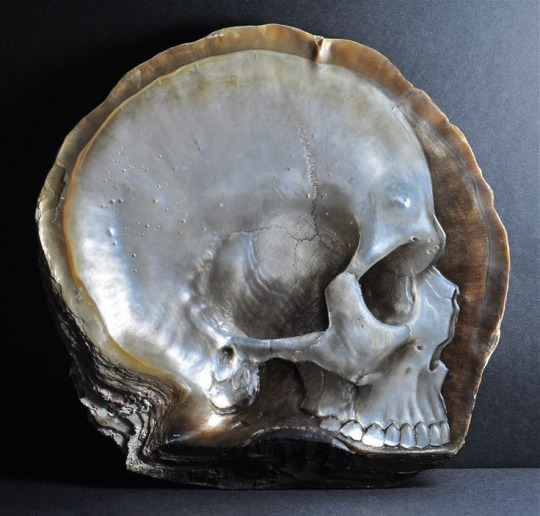
Filipino artist, Gregory Halili, carves intricate skulls into mother of pearl shells.
9K notes
·
View notes
Text
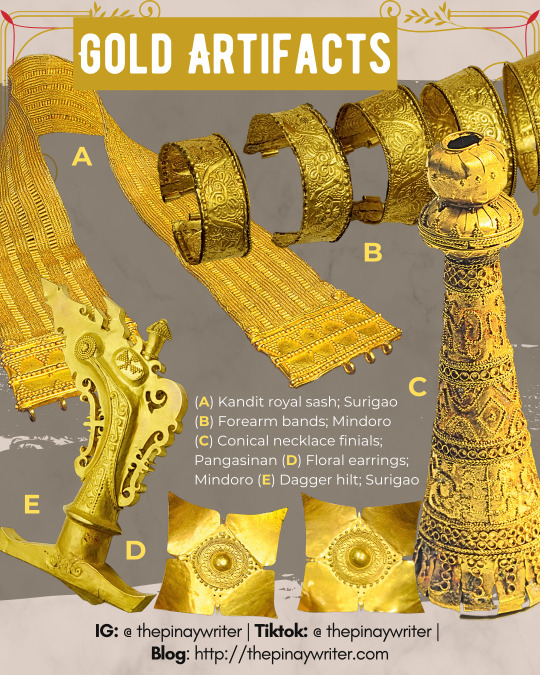

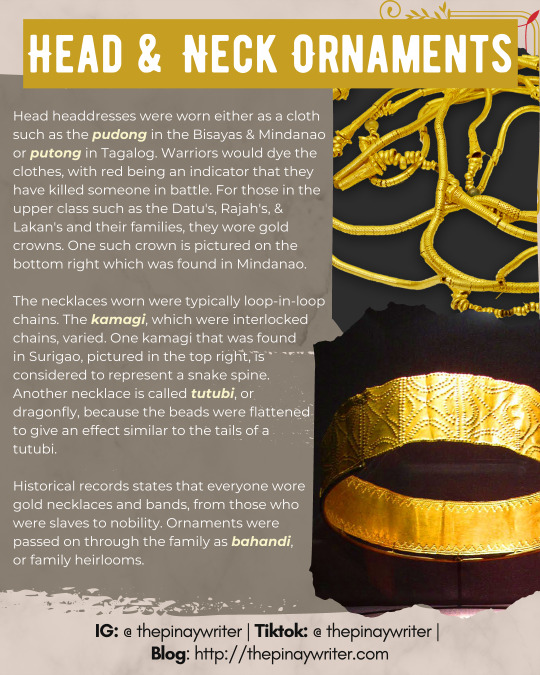
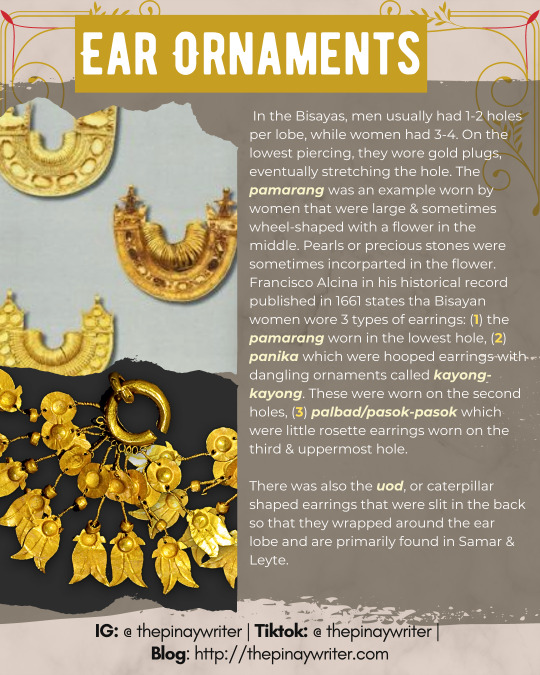

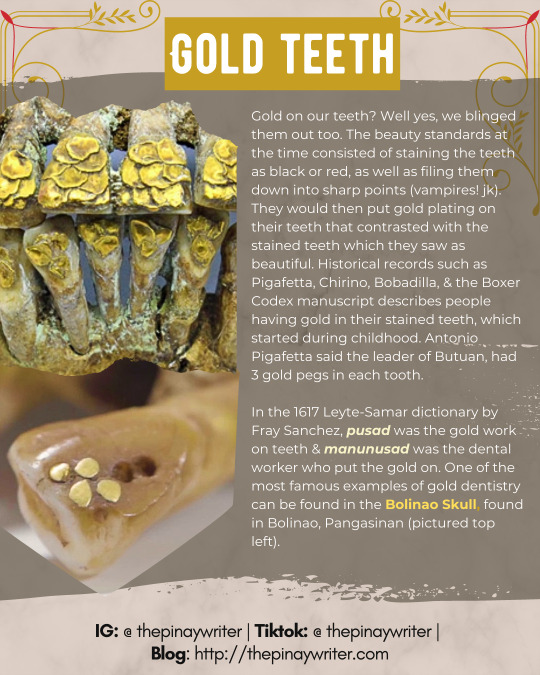


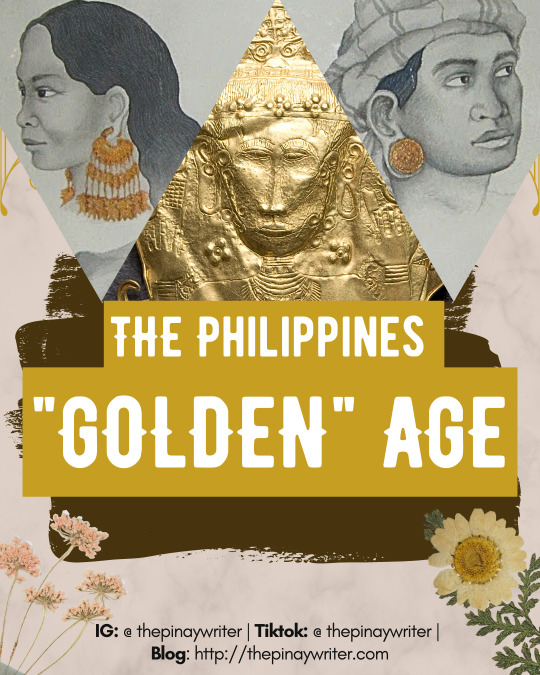
✨️ Our ancestors before the Spaniards arrived wore gold and passed them down through the generations, regardless of social class. They even crafted bowls, liquid vessels, and the hilts and covers of daggers and swords out of gold.
They buried these ornaments with the dead so that they could use it in the afterlife and as a token to give the spirit or deity to leave purgatory. They also covered the faces of the dead with gold death masks to protect them from evil spirits entering the body.
Numerous Spanish accounts record that they wore gold and buried their dead with gold bahandi, or heirlooms. From Antonio Pigafetta, Francisco Alcina, Pedro Chirino, Friar Bobadilla and within the Boxer Codex Manuscript. Together with historical accounts, archeological finds of gold artifacts from Luzon, the Bisayas, and Mindanao show how much our pre-colonial ancestors wore and used gold in their clothing, divine figures, and everyday wear, similar to the rest of Southeast Asia.
To see many of these artifacts, check out the gold exhibit in the National Museum of the Philippines and Ayala Museum.
#filipino#philippines#precolonial Philippines#gold#artifact#history#culture#filipino culture#pinoy#filipino mythology#archaeology
855 notes
·
View notes
Text
Wake up, Filipino AT fans. I've made this for you.
403 notes
·
View notes
Text
From the river to the sea, Palestine will be free
Filipino-Palestino, fighting against Imperialism
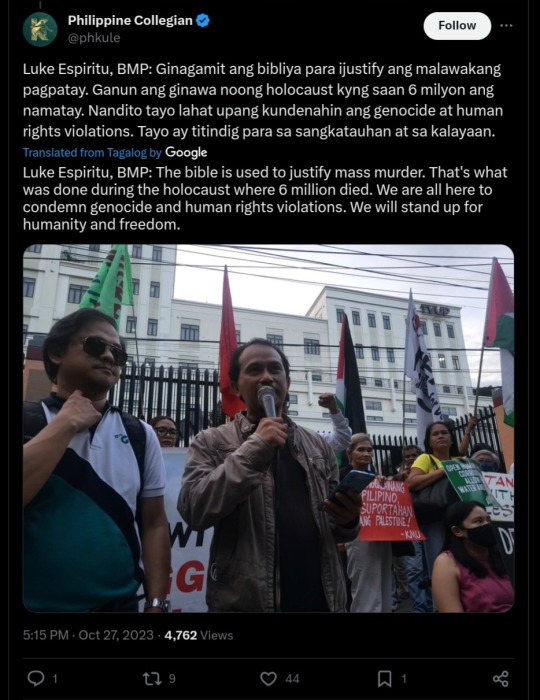
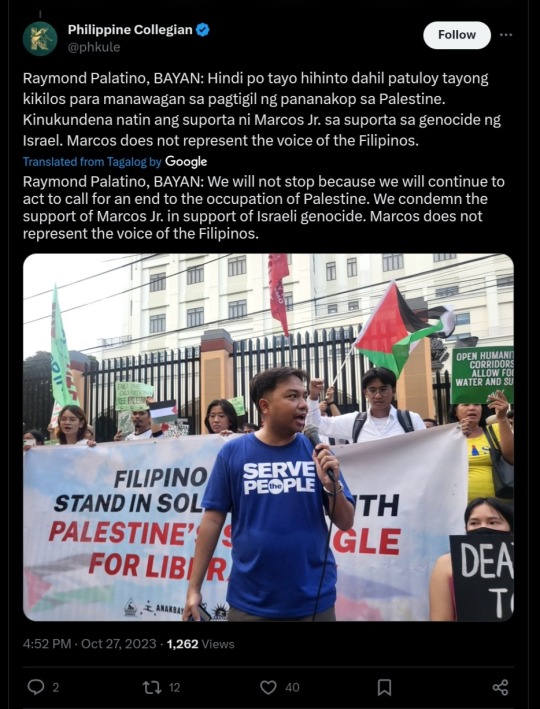


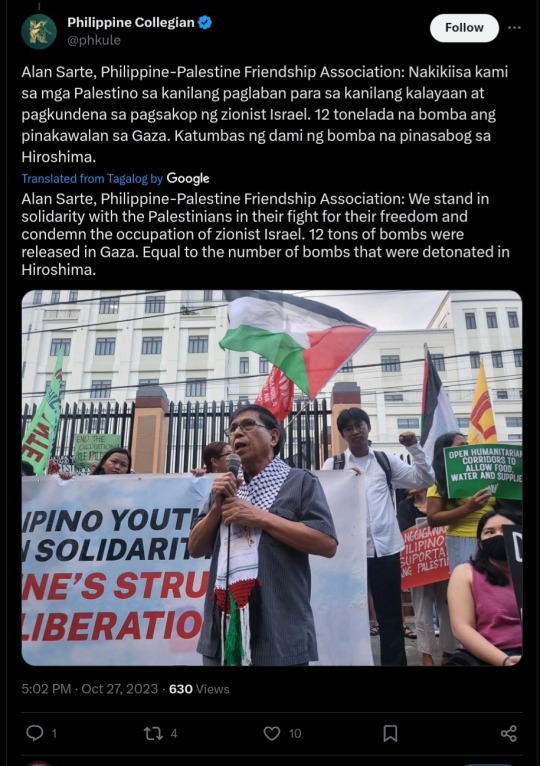

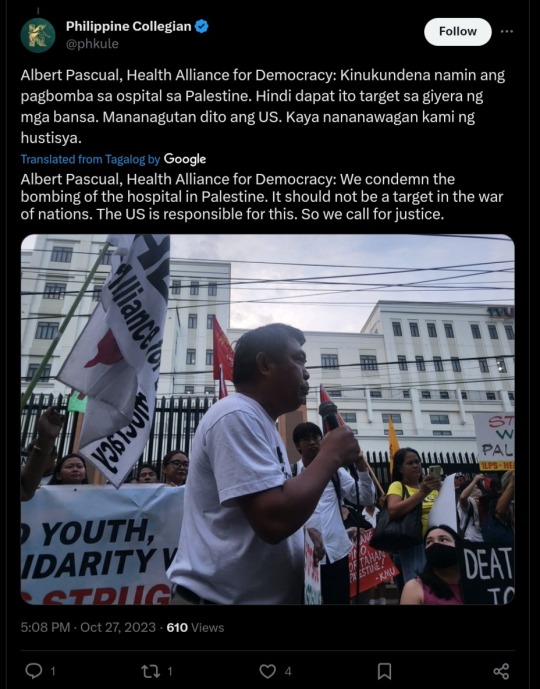
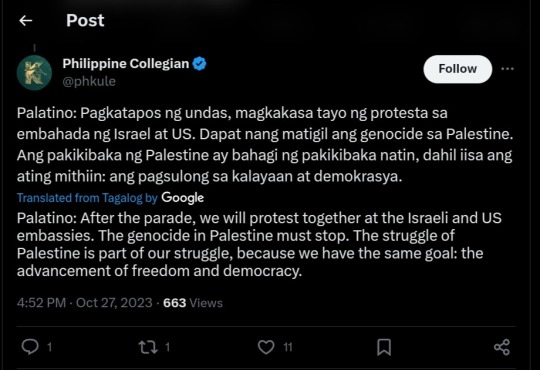

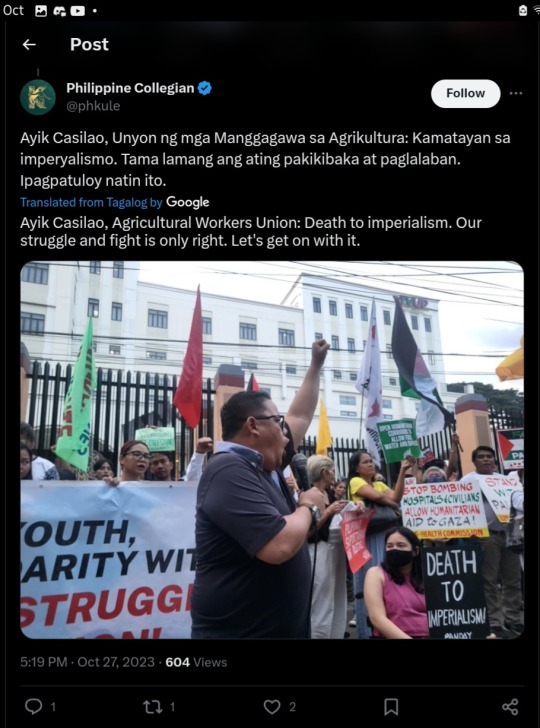
614 notes
·
View notes
Text
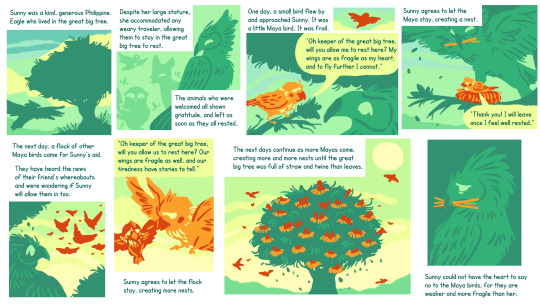

Homework
205 notes
·
View notes
Text

American occupation era Philippines but our girlie here is secretly a vampire hunter at a fancy party looking for her target 🦇🧛♂️🌴
#nik's art#artists on tumblr#digital art#digital illustration#digital painting#Philippines#filipino#oc#original characters#tropical gothic#filipino aesthetic#1900s#gothic aesthetic#American occupation#southeast asia#dark fantasy#historical fantasy#vampire hunter#character art#character design#character illustration#aesthetic art#vampire#monster art#concept art
892 notes
·
View notes
Text
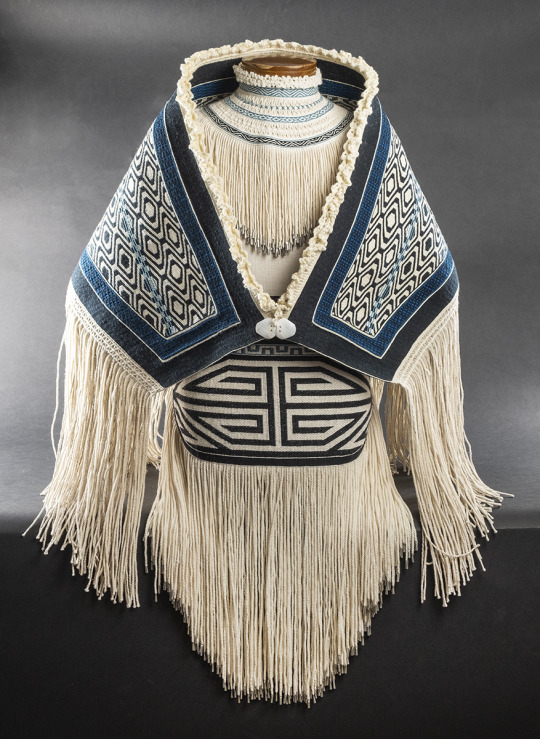
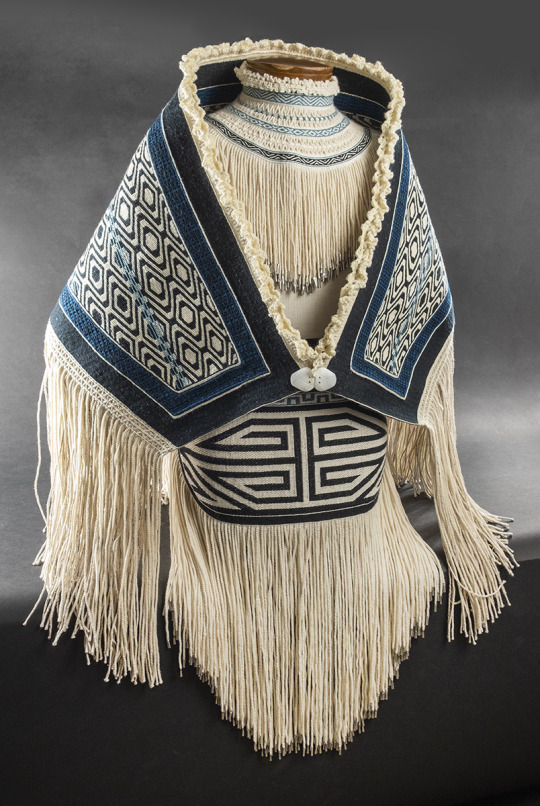
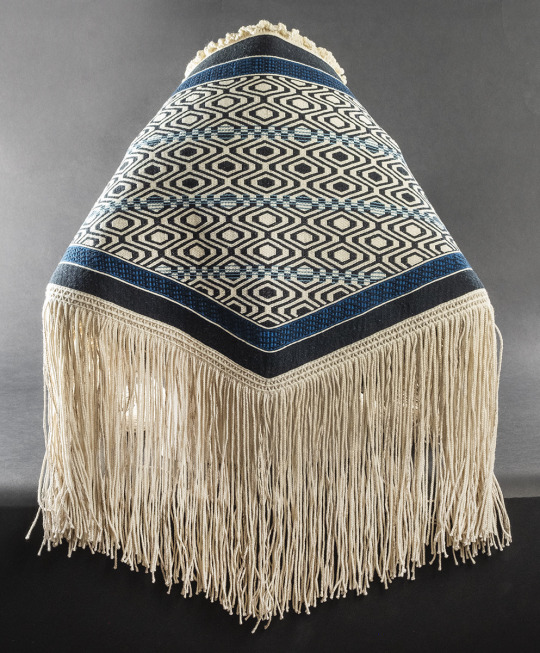
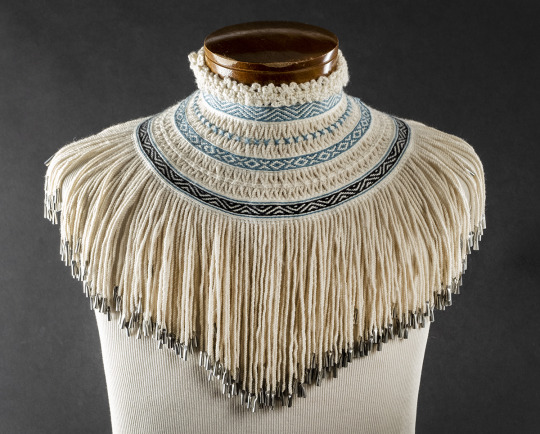
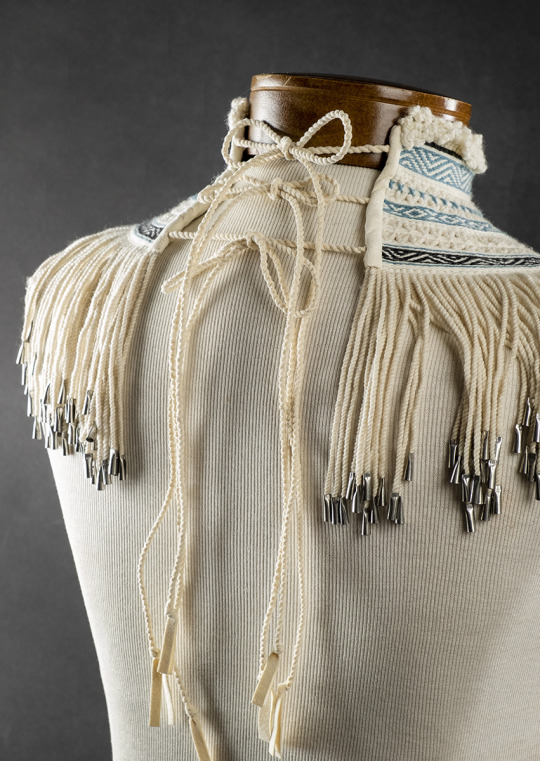





We Are The Ocean
Ursala Hudson (Tlingit/Filipino/German)
collar: merino wool, silk, steel cones, leather. ravenstail patterns, crochet, basketry twining technique. Woman as a Wave shawl: merino wool, silk, cedar bark. chilkat and ravenstail patterns, crochet, basketry twining technique. Tidal apron: merino wool, silk, leather, steel cones. chilkat and ravenstail patterns.
“We Are the Ocean is an ensemble comprised of a collar, apron (entitled Tidal), and shawl (entitled Woman as a Wave). The collar and bottom edge of the shawl are twined using a basketry technique to bring delicacy to the regalia, made specifically to emphasize the wearer’s feminine essence. In place of the sea otter fur that traditionally lines the top of Chilkat and Ravenstail weavings, the merino weft yarns were used to crochet the collar and shawl’s neck lines, bringing forward and incorporating a European craft practiced by both my maternal (Tlingit/Filipino) and paternal (German) grandmothers. The high neck of the collar gives tribute to the Western aesthetics that have forever influenced the Indigenous cultures of our lands; with grace, we embrace that which cannot be undone, and use our new form to be better. The apron’s pattern was studied and graphed from an old Tlingit cedar bark basket, and represents the tides of our lives, as our lessons continue to arise in a revolving cycle, yet made of new debris. The repetitive pattern of the shawl represents the infinite connectedness of our sisters, mothers, aunties, and daughters. Blue lines break up inverted rows, representing the “past,” “present,” and “future,” acknowledging these concepts as irrelevant constructs that fall away when we commune with the Divine. The entire ensemble is worn to evoke the innate spirit of the Woman as an ethereal deity, that resides within us all.”
#textiles#regalia#fiber art#weaving#ursala hudson#tlingit#filipino#indigenous art#native art#first nations art#ndn art
185 notes
·
View notes